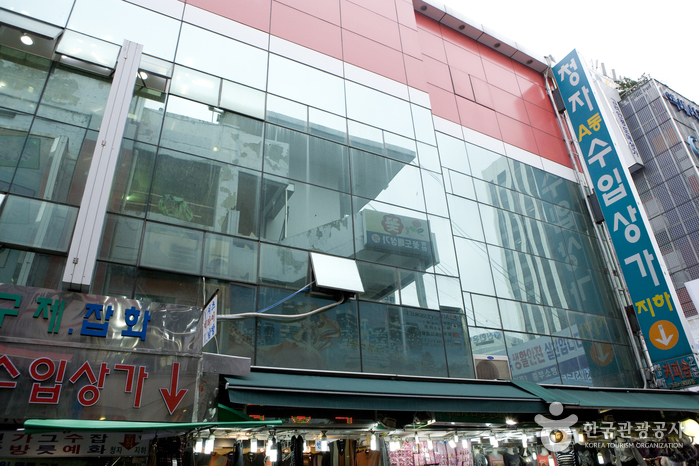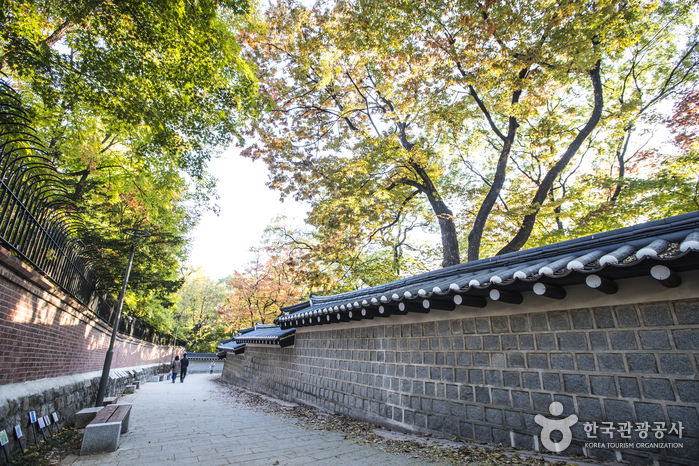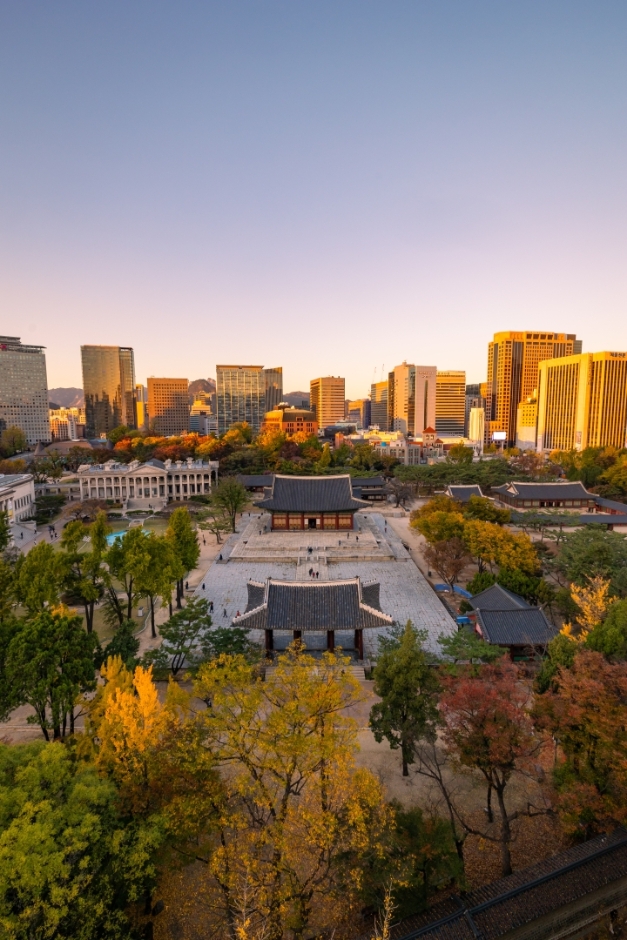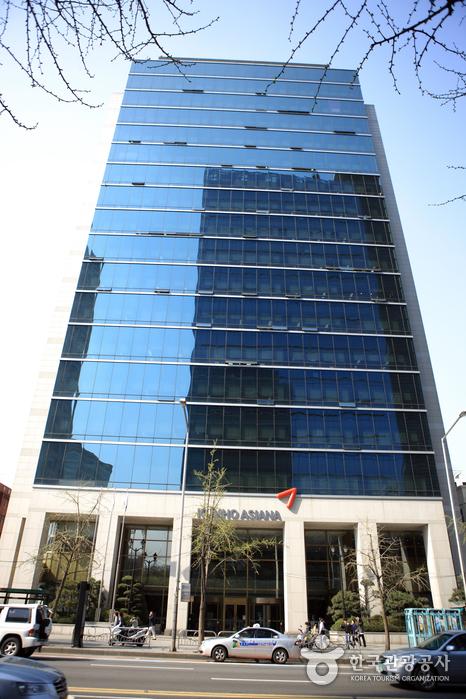Miduem Eyewear - Hoehyeon Branch [Tax Refund Shop] (믿음안경 회현)
5.2Km 2024-04-18
33-1, Namdaemunsijang 4-gil, Jung-gu, Seoul
-
Miduem Optics [Tax Refund Shop] (믿음안경)
5.2Km 2024-06-27
33-1, Namdaemunsijang 4-gil, Jung-gu, Seoul
-
Cheongja Imported Goods Shopping Center (청자 수입상가)
5.2Km 2022-12-21
29, Namdaemunsijang 4-gil, Jung-gu, Seoul
Cheongja Imported Goods Shopping Center offers imported utensils, household items, clothing and accessories not readily available elsewhere. Its main customers tend to be women. Its first underground floor boasts diverse utensils, women's clothing and accessories while the first floor offers children's clothing and household items. After shopping around in the center, visitors may want to visit the second and third floors, which house customer lounges and coffee shops.
Deoksugung Stone Wall Path (덕수궁 돌담길)
5.2Km 2025-01-10
24 Sejong-daero 19-gil, Jung-gu, Seoul
The Deoksugung Stone Wall Path runs along the wall of Deoksugung Palace. It is beautifully lit and landscaped, giving it a romantic atmosphere even at night. There are street performances and flea markets, and the area boasts many famous cafes and restaurants along Jeongdong street. In autumn, the ginkgo trees and walls form a stunning scene. Close to major cultural facilities such as the Seoul Museum of Art and Seoul Museum of History, it attracts numerous visitors come for a stroll.
Manjok Ohyang Jokbal City Hall (만족오향족발 시청)
5.2Km 2024-03-12
134-7, Seosomun-ro, Jung-gu, Seoul
+82-2-753-4755
Located close to City Hall station, Manjok Ohyang Jokbal specializes in jokbal (braised pigs' feet). The restaurant has been recognized for its quality by being included in the 2023 Michelin Guide. It is recommended to try jaengban guksu (jumbo sized buckwheat noodles) and riceballs, which are perfect for pairing with pork feet. Deoksugung Palace, Seoul Plaza, and Namdaemun Gate are nearby, so visiting them will enrich one's cultural experience.
New Kaist Eyewear [Tax Refund Shop] (뉴카이스트안경원)
5.2Km 2024-04-22
12-2, Namdaemunsijang 4-gil, Jung-gu, Seoul
-
Deoksugung Palace (덕수궁)
5.2Km 2025-06-25
99 Sejong-daero, Jung-gu, Seoul
Registered as a Historic Site, Deoksugung Palace was initially not a royal palace, but the residential home of Grand Prince Wolsan (1454-1488), the older brother of King Seongjong (1469-1494) of the Joseon dynasty. It wasn't until 1593 that the palace was used as a temporary palace of the royal family after their home was burned down during the Imjin War. King Seonjo also stayed at Deoksugung Palace after returning to the city. It became a proper palace when Gwanghaegun (1575-1641) ascended to the throne and gave this royal residence the name Gyeongungung Palace in 1611. Over the following decades, the palace alternated between being an official palace and a temporary residence. The name did not change officially to Deoksugung Palace, meaning the “palace of virtuous longevity,” until 1907. While the palace once encompassed a vast area with many buildings, the current palace grounds are just a small shadow of the prior splendor, with very few structures remaining.
Optical Manager - Namdaemun Branch [Tax Refund Shop] (안경매니져남대문점)
5.2Km 2024-06-27
1F and 2F, 2-1, Namdaemunsijang 4-gil, Jung-gu, Seoul
-
Kumho Art Hall (금호아트홀)
5.2Km 2021-05-28
76, Saemunan-ro, Jongno-gu, Seoul
+82-2-6303-1977
Kumho Art Hall was built in 2000 exclusively for classical music concerts, with 390 seats, the perfect structure for chamber concerts. All seats are recital hall chairs and the wide spacing between rows of chairs helps the audience to have a pleasant time. Upon entering the theater, all cell phones will turn off automatically. This helps all visitors to enjoy the concert without being interrupted by ringing cell phones. The interior is cozy and luxurious, and the stage is made of maple.
![Miduem Eyewear - Hoehyeon Branch [Tax Refund Shop] (믿음안경 회현)](http://tong.visitkorea.or.kr/cms/resource/82/2878582_image2_1.jpg)



![New Kaist Eyewear [Tax Refund Shop] (뉴카이스트안경원)](http://tong.visitkorea.or.kr/cms/resource/81/2878581_image2_1.jpg)


 English
English
 한국어
한국어 日本語
日本語 中文(简体)
中文(简体) Deutsch
Deutsch Français
Français Español
Español Русский
Русский